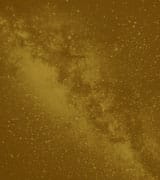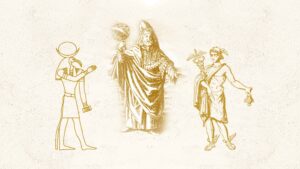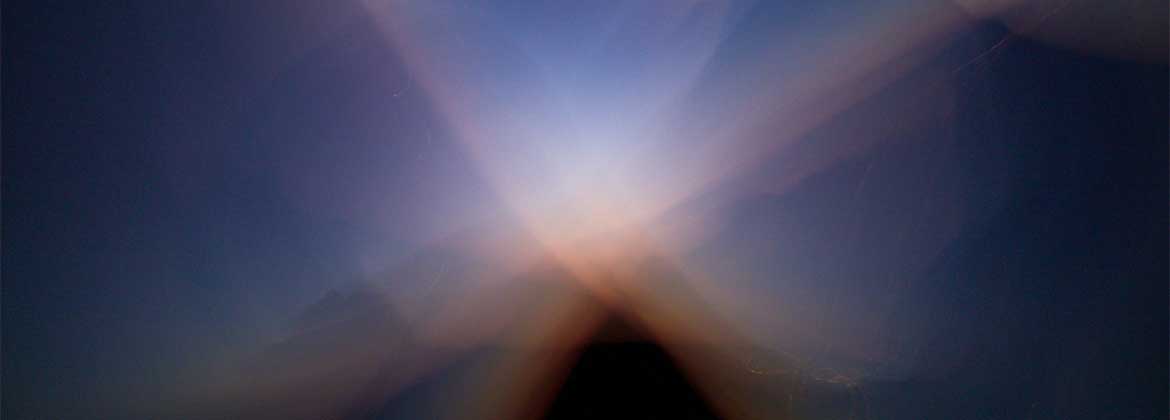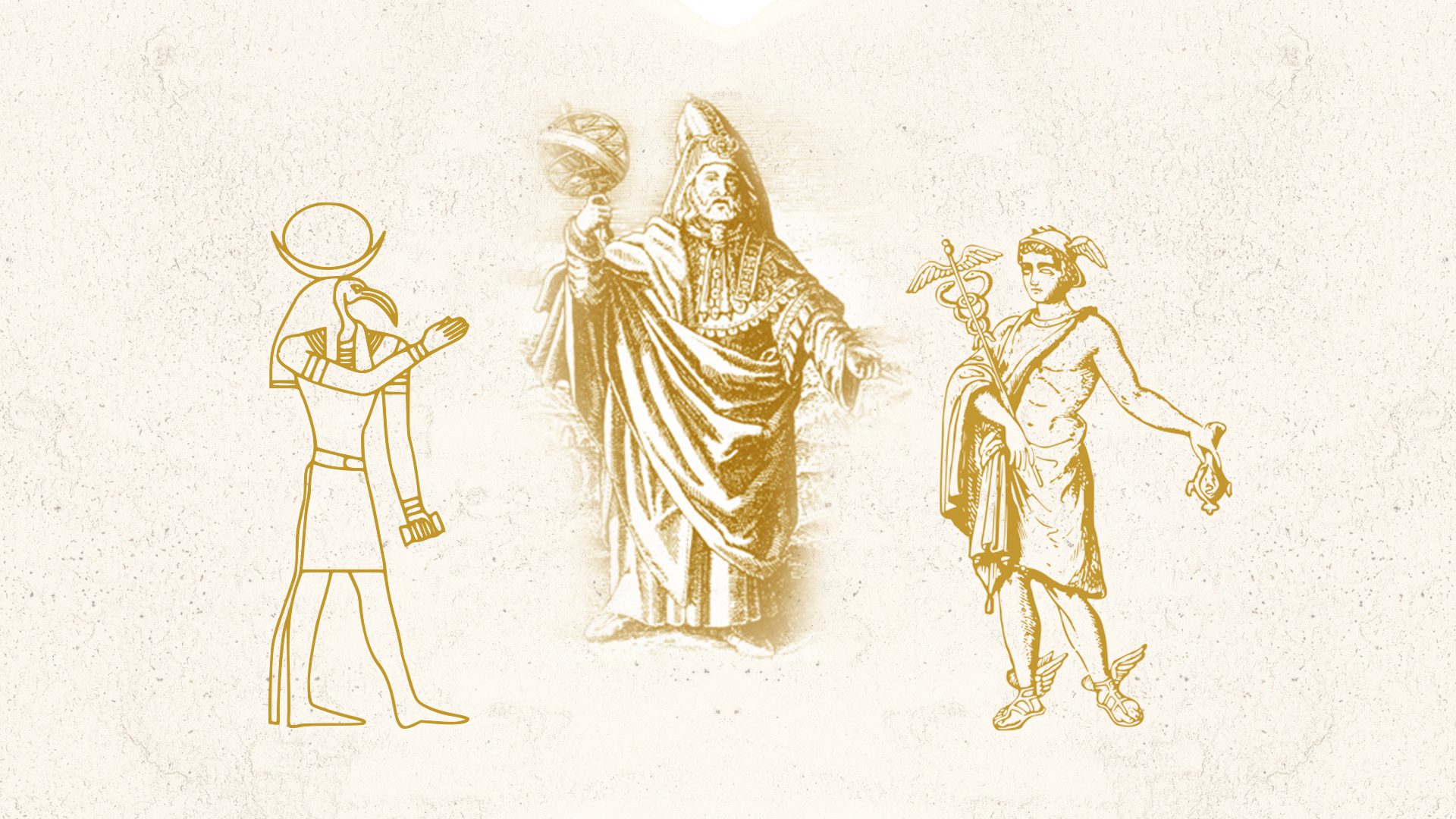Astronomical Ephemeris – May, 2022
Astronomical Ephemeris – May, 2022
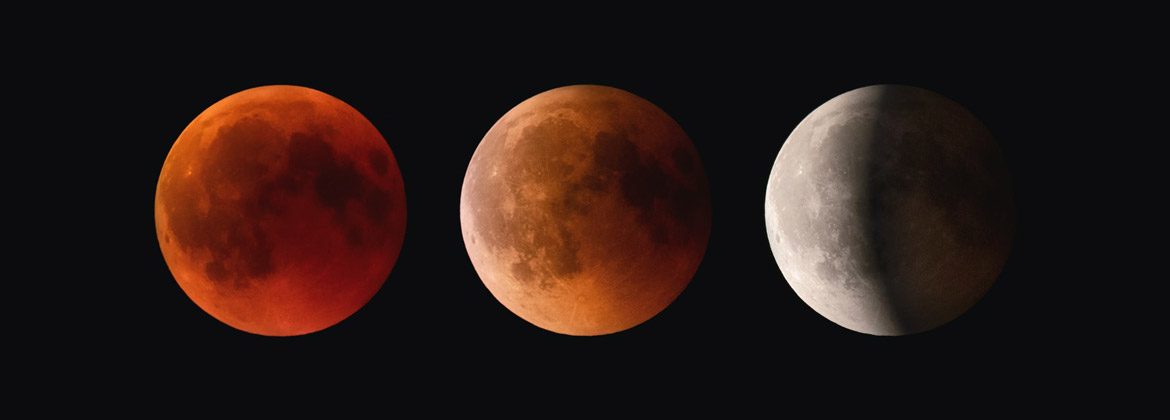
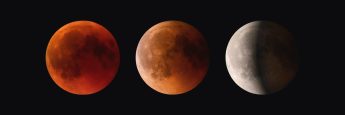
May is full of beautiful celestial phenomena and the Moon will be the protagonist in one of them: the total eclipse. When it occurs, the Moon is observed to have a reddish-orange color that stands out in the sky. The event will take place on the 16 and can be seen in different regions of the planet. By way of reference, in Brazil, it will start around 10:30 pm (Brasilia time), have its high point at approximately 00:30 am and end around 3:50 am.
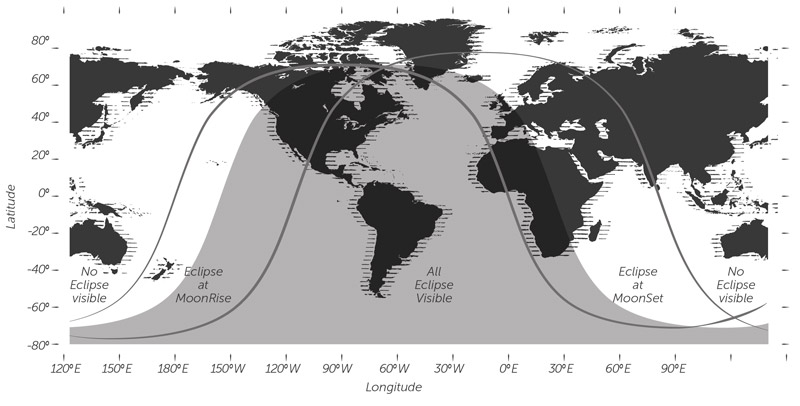
A lunar eclipse occurs when the Moon, Earth and Sun are positioned in a straight line, with the Earth between the two celestial bodies and the Moon in the shadow of the planet. For the phenomenon to happen, the Moon walks through a region called the “penumbra”, which is partially illuminated by the Sun. It is there that the reduction of its brightness begins. Then, the Moon approaches the “umbra”, which is the darkest part of the Earth’s shadow because it has no direct illumination from the Sun. In this way, little by little the Moon ceases to be visible until it is completely obscured.
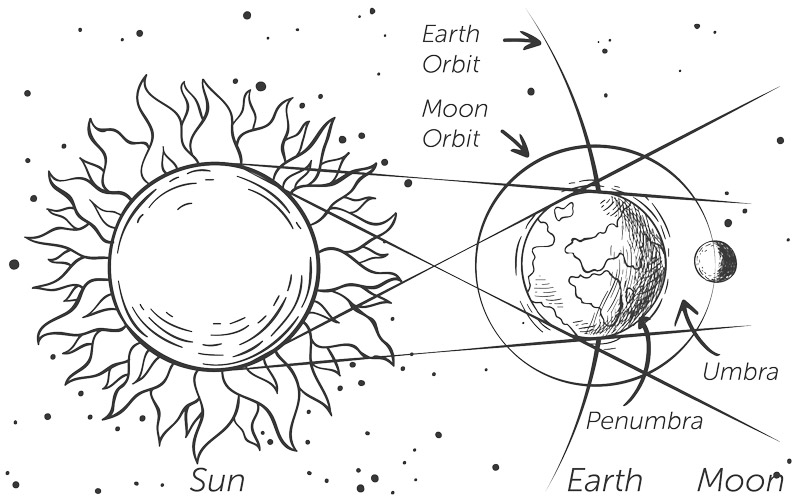
The reddish-orange color is due to the fact that molecules in the Earth’s atmosphere scatter more short-wavelength light (e.g. yellow, green, blue) than long-wavelength light (e.g. orange and red). This process, which is responsible for turning the sunset red, is also responsible for turning the Moon’s characteristic reddish-orange color in total eclipses. However, the exact color can vary considerably in both hue and brightness.
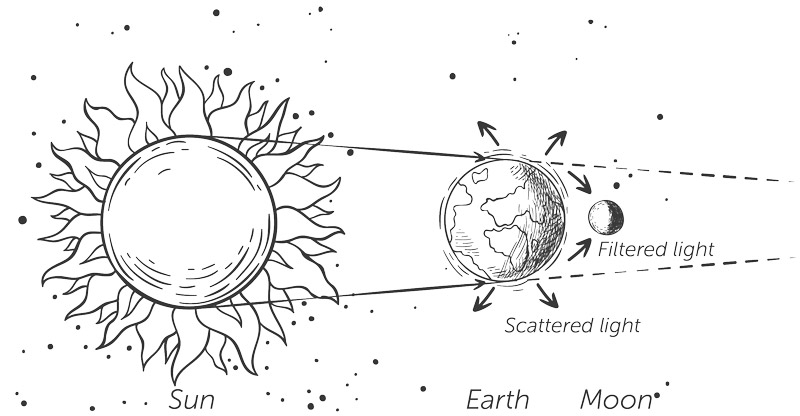
Other astronomical events
Eta Aquariids is the meteor shower from Halley’s Comet. It can be observed now (until May 27) and will reach its splendor on May 6, just before dawn – using as reference the Brasília time zone (Brazil). It’s estimated that the meteor shower will produce an average of 20 meteors per hour, and in the southern hemisphere, the average can be up to three times higher.
The event will be visible to the naked eye around the world. To contemplate it, just look for a place with little or no lighting, look towards the geographic east and wait for a meteor to draw the sky.
Meteoroids are pieces of rocky or metallic matter roaming through space in varying orbits around the Sun and their sizes, most of the time, resemble that of a small stone. When such a body comes into contact with the Earth’s atmosphere, the friction with the Earth’s atmosphere causes it to heat up to the point of generating a glow perceivable by our eyes. This glowing body is called a meteor.
The streak in the sky, which lasts for a few seconds, most often completely consumes the meteor. Most meteors burn up completely on friction with the atmosphere, but when that doesn’t happen, the rest hit the ground and receive the suffix “ito”, used in mineralogy, becoming called meteorite.
When the Earth, in its orbit around the Sun, passes through a region with a lot of dust – the meteoroids – we have a greater incidence of these bodies entering the Earth’s atmosphere, causing the so-called meteor showers.

In the Eta Aquariids meteor shower, the Earth, in its orbit, sweeps up the wake of rocky or metallic matter left in space by the famous Halley’s Comet – so we say that it’s the parent object that gives rise to this shower.
In the southern hemisphere, the average number of visible meteors can triple due to its radiant – the point in the sky from which its meteors seem to radiate (constellation of Aquarius, in the direction of the star Eta Aquarii, hence the name “Eta Aquariids”) – being higher in relation to the horizon line than in the northern hemisphere.
It’s worth mentioning some information so that the reader can become a little more familiar with this shower and its parent object:
–Halley’s Comet takes an average of 76 years to complete its orbit around the Sun; so in most of the years in which the Earth passes through its debris, it’s quite far away; in the year 2022, for example, Halley’s Comet is beyond the orbit of Neptune;
– the Earth passes through the debris wake of Halley’s Comet twice a year giving rise to two meteor showers, one in May which is the Eta Aquariids and the other in October, the Orionids.
May 11: Mars, Jupiter and Venus alignment
This event, which involves three planets, can be observed all over the world. Just look east, starting at 4:00 am (Brasília time, Brazil).
Conjunctions in May
Check the schedule and more information in the image gallery.
All over the world, there will be an opportunity for people to appreciate the moment when planets and the Moon appear to be very close to each other from an Earth point of view, but are in fact millions of kilometers away. These are called astronomical conjunctions. Those mentioned here have the city of São Paulo, in Brazil, as a reference for the angles and cardinal points. Therefore, they may have variations according to the geographic positioning of those who contemplate them.
Conjunction between the Moon and Saturn.
Conjunction of the Moon, Mars and Jupiter
Conjunction between the Moon and Venus and between Jupiter and Mars
Conjunction between Mars and Jupiter
Moon phases

May 8
First Quarter
May 16
Full Moon
May 22
Last Quarter
May 30
New Moon
Sources: jpl.nasa.gov/calendar / solarsystem.nasa.gov / in-the-sky.org / Stellarium.org / earthsky.org / ov.ufrj.br / planetary ephemeris – Jet Propulsion Laboratory (JPL) / seasky.org / jpl.nasa.gov / rmg.co.uk / timeanddate.com / American Meteor Society / eclipse.gsfc.nasa.gov
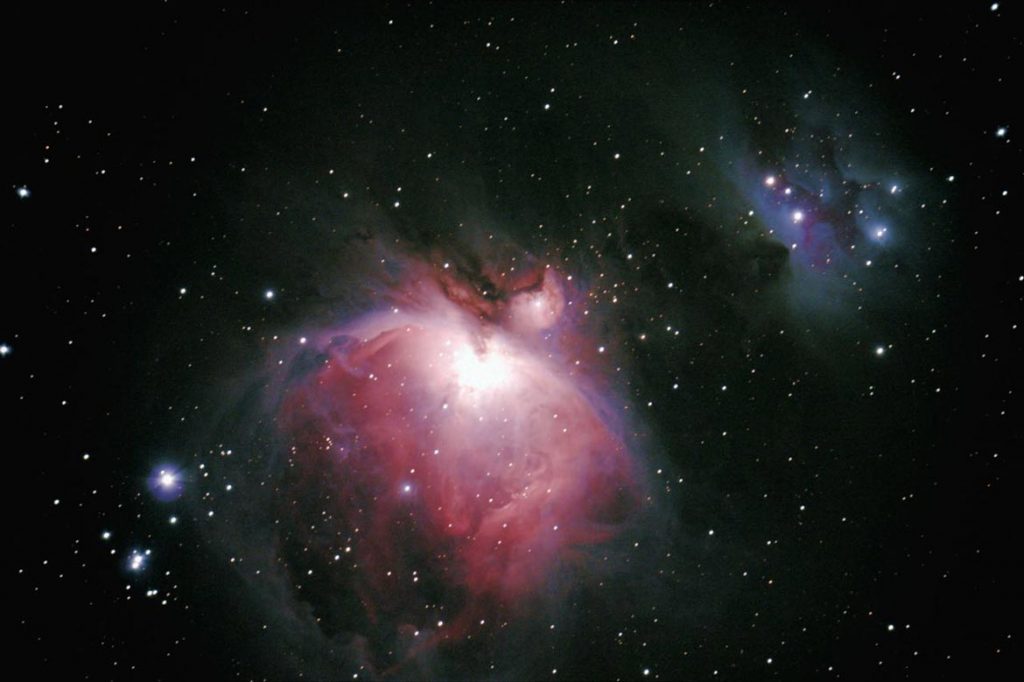
“Astronomical ephemerides” is a monthly calendar prepared by the Astronomy Sector, which is one of the 12 that make up the PRÓ-VIDA Laboratory Department. In the department, studies, research and scientific experiments related to various themes are developed, as well as field activities and lectures.

“Astronomical ephemerides” is a monthly calendar prepared by the Astronomy Sector, which is one of the 12 that make up the PRÓ-VIDA Laboratory Department. In the department, studies, research and scientific experiments related to various themes are developed, as well as field activities and lectures.

